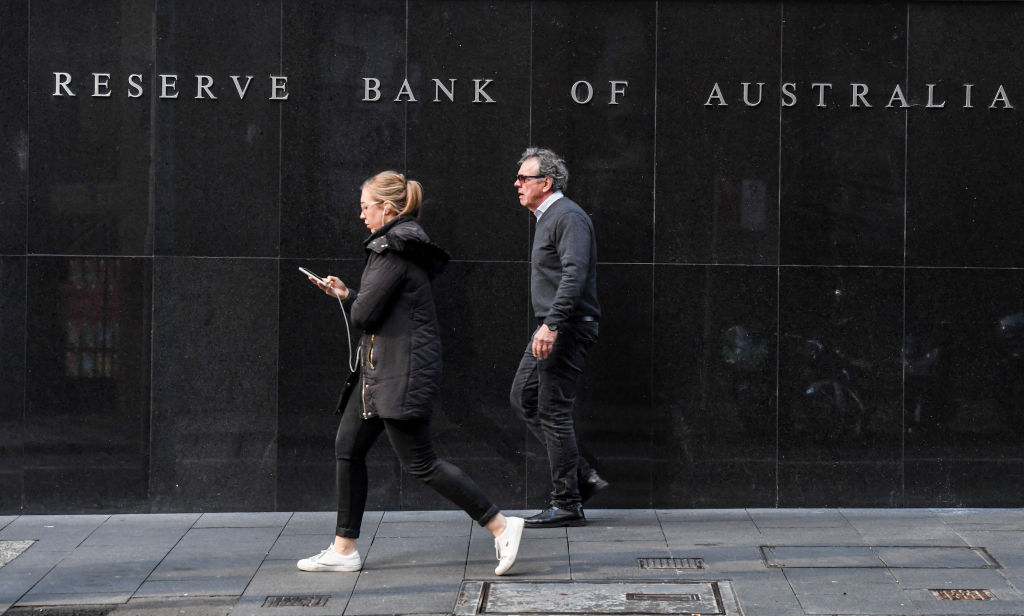June interest rate announcement: RBA holds cash rate at record low of 0.1 per cent

The Reserve Bank of Australia agreed, at its monthly meeting on June 1, to maintain the cash rate at its record low of 0.10 per cent.
The move comes as consumer confidence dipped from its 11-year high in May but remains very strong. The largest falls are from Victoria, Western Australia, and Queensland, while NSW continues to be the most confident about the post-pandemic economic recovery.
“The Reserve Bank won’t want change any time soon,” said Chris Lioutas, chief investment officer with PSK Financial. “They’ll be watching the data closely, especially with everyone worried about inflation at the moment and over-reacting to the possibility.”
“We’ll get spikes of inflation in the short term with supply shortages happening, either with labour or goods and services, and the US has a seen a 0.9 per cent rate last month which overshot expectations, and the Bank has flagged they’d like to see a rise here. But we’re still well below inflation targets, so it’s all watch and see.”
All the world’s eyes at the moment are on Iceland, which delivered the first policy tightening in Western Europe to contain inflation and a soaring housing market, with the Bank of Canada also reducing some support and the New Zealand central bank flagging potential rate rises from mid-2022.
However, other major central banks remain committed to continued policy stimulus as they mainly see any near-term inflation as being simply transitory.
“We’ll see a breakout in inflation as a result of the budget initiatives in subsidising childcare and tax breaks when they go into circulation, but they’ll be transitory, and most people will see that,” said former Labor trade minister Craig Emerson, head of Emerson Economics. “We won’t see any change in interest rates until unemployment is down to below 4 per cent, and that won’t happen for three or four years.
“It’s only then that we’ll see wages go up and inflation rise to projected levels. In the meantime, inflation will remain subdued.”
- Refinance, upgrade or both? What to do while rates are still low
- Money tricks to turbocharge your buying power
- What’s driving the Australian renovating frenzy?
Despite Australia’s soaring housing market, the RBA wants to hold the course steady.
Ray Ellis, CEO of national agency First National Real Estate, says that’s a good tactic. “Buyers throughout Australia have become accustomed in recent years to a regime of low interest rates on the expectation, particularly by the Reserve Bank, that there will be no substantial alteration to interest rates until 2024,” he said.
“This provides one of the strong conditions needed for anyone seeking to enter the property market, particularly first-home buyers. This, combined with state and federal governments committed to maintaining the strength of the current market, assures confidence for sellers and purchasers of both residential investment and commercial investment.”
Mr Emerson says the RBA has consistently said house prices are not its concern. “They’ve made that abundantly clear,” he said. “If they do become a problem, they’d argue for other policy levers, like macro-prudential regulations that aren’t in the domain of the Reserve Bank.”
Since the first waves of COVID-19 petered out, the economy has performed much better than most expected, points out Besa Dada, the chief economist of Westpac Business Bank and secretary of the Australian Business Economists’ Association. And if that bounceback continues so strongly, and there are any shifts in the housing market, she predicts that there’s a risk that rates could be raised before 2024, but not until late in 2023 at the earliest.
“Investor lending has picked up considerably, with a very strong pace of growth,” said Ms Dada. “Now they’ve joined the party, the Reserve Bank will be eyeing any changes in the housing market closely and the acceleration of growth in prices.”
“They told us last month that in July, they’d make the decision around yield curve control, with the program selling or buying government bonds to get the bond yield rate over 1.1 per cent. So, we haven’t been anticipating any fresh information around that yet. Instead, they’ve been looking at the type of borrowing taking place.”
The latest figures from CoreLogic show that property investor financing was up 17.7 per cent in March compared with January, pushing up the share of financing secured by investors to 25.9 per cent in the month. That’s in stark contrast to the recent low of 23.1 per cent in January.
But most indicators look promising. Local and global equity markets have both risen lately, for instance, ignoring inflation concerns and instead focusing on a confirmation of strong US economic growth and central banks committing to policy support.
In addition, Australian retail trade rose by 1.1 per cent in April – following a 1.3 per cent rise in March – with spending on eating out showing a strong 2.5 per cent rise, which was particularly strong in NSW, said Mr Lioutas.
The quarter also saw a very strong 5.1 per cent rise in residential construction in all states except Victoria, boosted by work done for detached houses and renovations. Public engineering also saw a solid 3.1 per cent rise.
“Business investment is clearly accelerating, supported by government and central bank policy along with tax incentives,” said Mr Lioutas.
We recommend
We thought you might like
States
Capital Cities
Capital Cities - Rentals
Popular Areas
Allhomes
More







